When creating a new namespace in Cassandra, we need to give a number for a replication factor.
Ex: 
Does the number, that we are giving as the replication factor, determine the number of nodes that initially create to store the replicate data? Can anybody give a clear clarification about what that replication factor does?